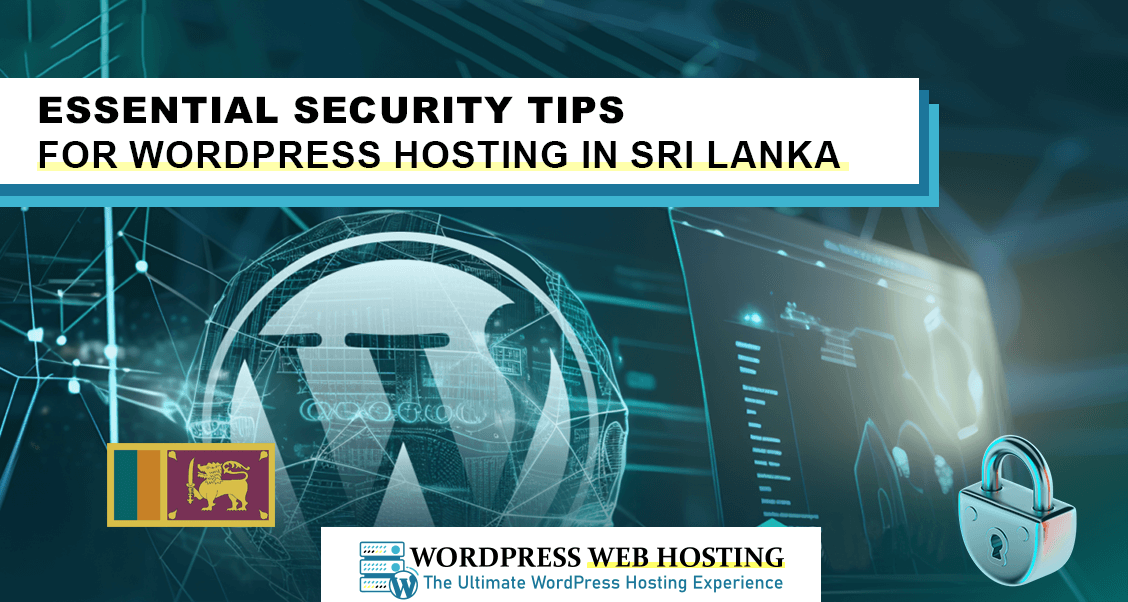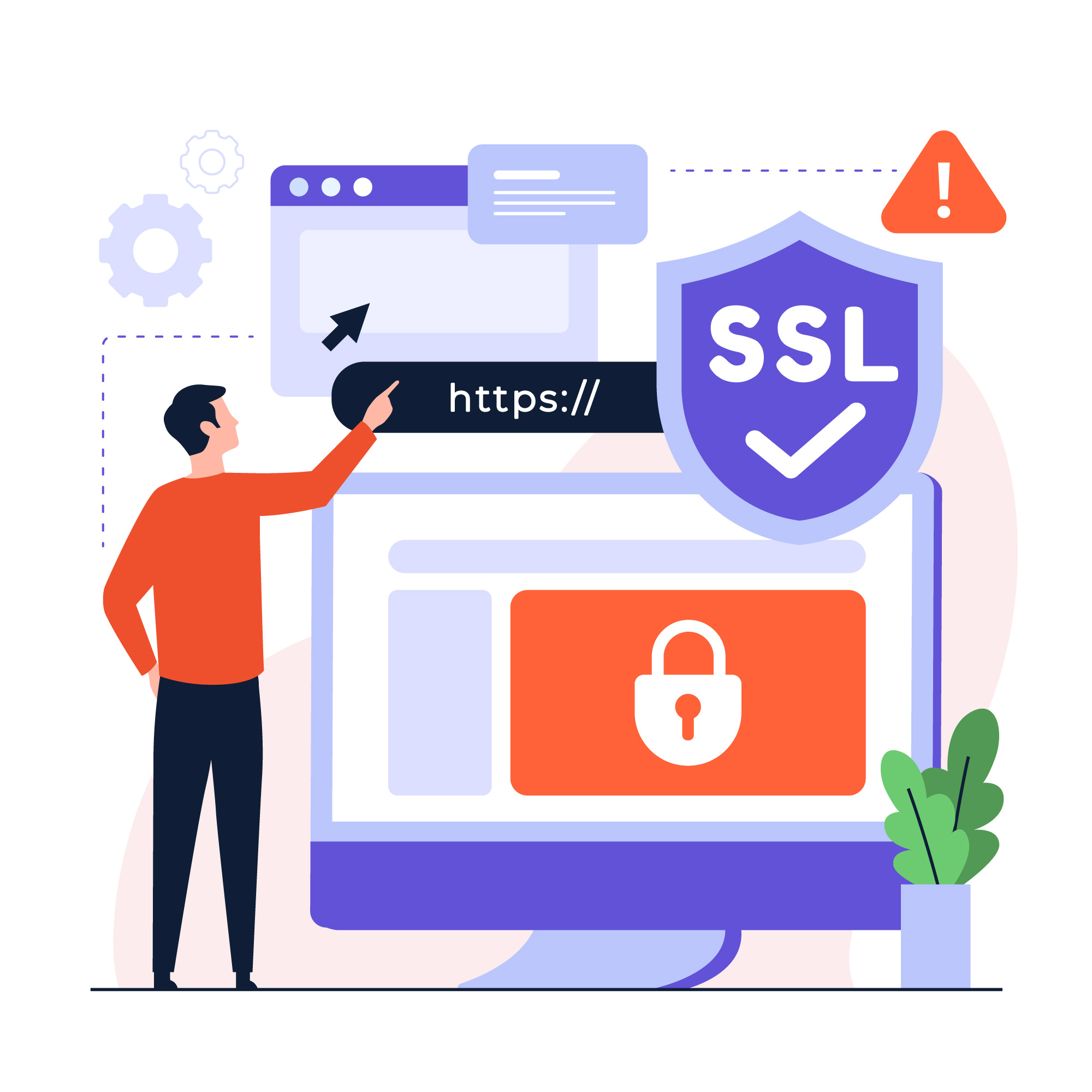
Essential Security Tips for WordPress Hosting in Sri Lanka
Introduction
The reason why WordPress powers so many websites in Sri Lanka is because it's incredibly easy to use and customize. On the other hand, it increases the vulnerability to several kinds of cyber threats. There is a requirement for ensuring security in regard to your WordPress website for the protection of sensitive information, reduction of downtime and assurance of user trust.
This article covers some of the most essential security tips for WordPress hosting in Sri Lanka that can help you keep your website safe from the frauds that are threatening to take it down.
Find a Secure WordPress Hosting Provider
Next to selecting a reliable host, this will be one of your first steps toward securing your WordPress site. In Sri Lanka, you can opt from a number of local and international hosting providers. Choose a hosting service offering managed WordPress hosting with built-in security offering automatic backups, malware scanning, server-level firewalls, etc. A managed hosting server maintains automatic security patches and updates; hence the chances are slim for security breaches.
Keep WordPress, Themes and Plugins up to date
One of the leading causes of compromises on websites relates to outdated software. WordPress, along with its themes and plugins, continuously receives patches through updates for security and performance issues. Failing to keep them up to date exposes your website to known exploits. Always keep your WordPress core, plugins, and themes updated. You can also enable automatic updates for minor versions or use a plugin for more efficient update management.
Enforce strong passwords and allow two-factor authentication.
Poor passwords are a big vulnerability, especially on sites that allow multiple user accounts. Strong passwords ought to include both uppercase and lowercase letters and at least one number and special character. Consider using a password manager to securely store and create strong passwords with ease. Besides, two-factor authentication is a step beyond password protection, where it asks for a second method of verification before being able to log in, normally with a mobile device.
Install a Web Application Firewall (WAF)
The WAF is there to protect your WordPress website from malicious traffic before it ever reaches your server. Commonly, WAFs can find and prevent attacks, such as SQL injections and cross-site scripting (XSS) among the common methods of exploiting WordPress vulnerabilities.
Secure Your WordPress Admin Area
The first target of any hacker will always be the wp-admin area. Securing it, thus, becomes of essence regarding unauthorized access. Limit the number of login attempts to your admin dashboard. Block unauthorized access by changing the default login URL and allowing whitelisting of IP for trusted users. You might monitor, with the help of some security plugins, the activity of logins and lock down the admin area in case of multiple failed login attempts to avoid brute force attacks.
Regular Backup and Disaster Recovery
No security measure is fully safe, and that is where backups come in. Backups mean you will be able to restore your site quicker in case of a cyberattack or when data is lost accidentally. Quite a number of WordPress hosts offer automated backups, although you can create a schedule with plugins. Additionally, it would be great if you have a disaster recovery plan so that if your site has been compromised, you can respond effectively.
SSL Certificates and Secure HTTPS Connections
An SSL Certificate simply encrypts the data transferred between your website and its users, thereby making it a little difficult for hackers to intercept sensitive information. Having an HTTPS-secured website not only protects user data but also boosts your site's SEO rankings. Most of the hosting providers in Sri Lanka offer free SSL certificates, or you can get one from services like Let's Encrypt. Once installed, make sure to update all URLs on your site to use HTTPS.

Malware Scanning and Removal Tools
Even with all precautions, your website may get infected with malware. Scanning your website from time to time for malware ensures that once an infection occurs, it is caught early enough to prevent it from causing too much damage. Some WordPress plugins provide malware scanning that can detect and remove malicious code. If malware is detected, these utilities can help clean it and provide additional protection.
Keep User Roles and Permissions in Check
WordPress allows assigning different user roles. The roles can range from administrator, editor, to contributor. Each of these has defined permissions. Giving permissions not needed might raise security issues. You should keep auditing users to make sure that only a few people with your trust have access to the administrator role. Limiting what users can do may allow you to avoid actions performed by unauthorized users. This will reduce the possibility of internal breaches.
Disable XML-RPC in WordPress
XML-RPC is a WordPress functionality that enables the site to connect remotely, like through the WordPress mobile application. This same functionality, however, is widely used in brute force methods. Unless you need it, it is best you turn off XML-RPC for good and reduce the attack surface. You can do this manually, but you can let the security plugin or any plugin called Disable XML-RPC handle the process in your place.
Limit Plugins and Themes Usage
Plugins and themes add functionality to your website, but they can bring security vulnerabilities to your website if chosen poorly. Only use third-party plugins and themes which are actively maintained and updated regularly. Manually clean up your WordPress installation by deleting unused plugins and themes because old, unused elements are potential targets of a hacker.
Scanning Your Website
Having your WordPress site always on security monitoring will help you quickly detect unusual activity that might have leaked into it. Tools like Google Search Console and security plugins, which offer features of monitoring, may alert you whenever something suspicious is happening, such as unauthorized login attempts or sudden changes in file structure. In that respect, immediate responses against those kinds of alerts will avoid security breaches from taking place.
Conclusion
This is from the selection of a good hosting service provider all the way to frequent software updates and threat monitoring. By following these key tips for security, one can keep his WordPress site safe from some of the most common vulnerabilities and keep users in a safe environment.